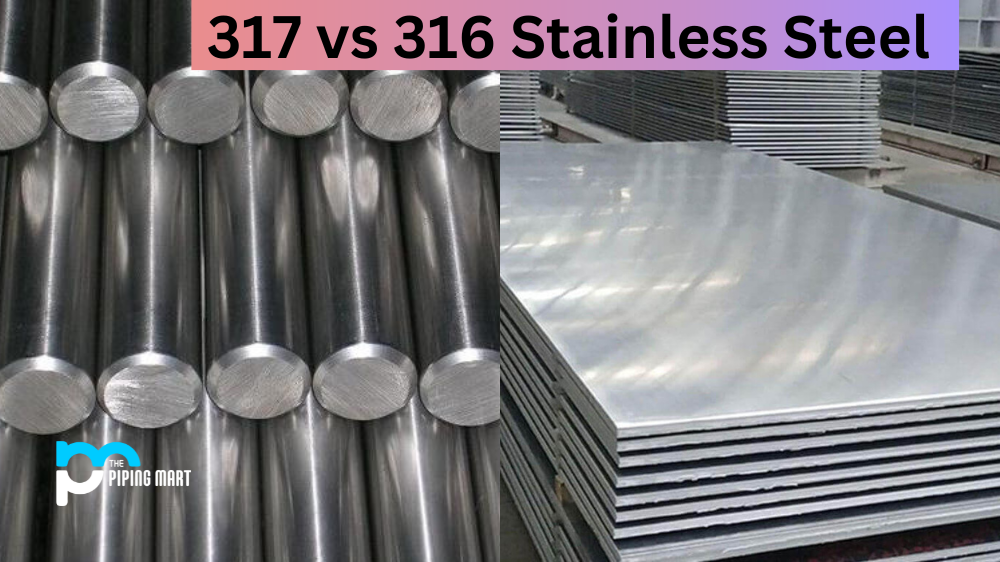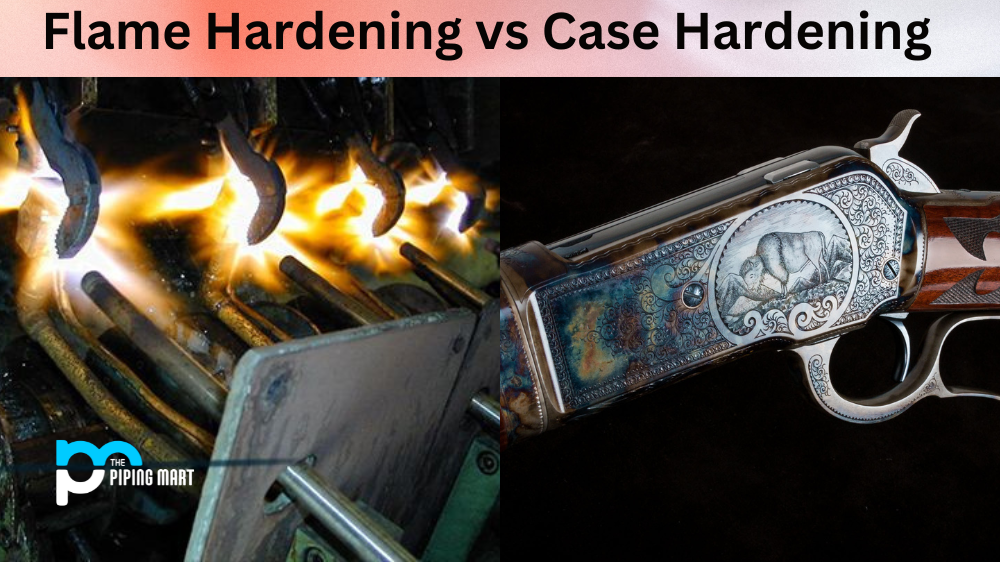Would you like to know the difference between 317 stainless steel and 316 stainless steel? This article will discuss how these two alloys differ in their properties and uses. We will also explore why one might be chosen over the other for specific applications.
317 Stainless Steel Properties
317 stainless steel is an austenitic chromium-nickel alloy containing molybdenum. It has a higher corrosion resistance than 304 stainless steel, making it ideal for applications in harsh environments. In addition, it has excellent toughness and ductility properties, making it suitable for use in many applications that require high strength and durability. It has a higher nickel content than 316, which helps to increase its corrosion resistance.
316 Stainless Steel Properties
316 stainless steel is an austenitic chromium-nickel alloy containing molybdenum and increased levels of nickel compared to the 304 grade. It offers excellent corrosion resistance, particularly when exposed to saltwater or other corrosive liquids – making it ideal for marine or coastal applications. Additionally, its increased nickel content gives it superior formability compared to other alloys, allowing it to be used in complex shapes such as curves or angles with ease. It also has higher tensile strength than 304-grade stainless steel.
The primary difference between 317 and 316 is the amount of nickel content they have; 317 has more nickel than 316 does, which provides better corrosion resistance but makes the material more expensive too. Both grades are available in a variety of surface finishes, such as brushed, polished, or anodized, depending on your application requirements. In general, 317 is used for acidic environments, while 316 is most often used for marine applications or where there could be high levels of chlorides present in the environment due to its superior corrosion resistance against those elements.
Difference Between 317 and 316 Stainless Steel
Chemical Composition
The main difference between 317 and 316 stainless steel is the chemical composition. 317 stainless steel contains more molybdenum than 316 stainless steel. Molybdenum is a chemical element that increases the corrosion resistance of stainless steel.
Corrosion Resistance
Another difference between 317 and 316 stainless steel is the level of corrosion resistance. 317 stainless steel is more resistant to corrosion than 316 stainless steel. This is due to the higher molybdenum content in 317 stainless steel.
Strength
317 stainless steel is also stronger than 316 stainless steel. This is due to the higher molybdenum content in 317 stainless steel, which increases its strength.
Cost
The cost of 317 stainless steel is also higher than the cost of 316 stainless steel. This is due to the higher molybdenum content in 317 stainless steel, which makes it more expensive to produce.
Applications
317 stainless steel is typically used in high-temperature applications, such as furnaces, boilers, and heat exchangers. 316 stainless steel is typically used in food processing and medical equipment, as well as marine applications
Conclusion
In conclusion, when determining which alloy to use for a particular application, you must consider several factors such as cost, strength requirements, environmental conditions (i.e., exposure to chemicals or salt water), surface finish desired (brushed vs polished vs anodized), etc. Knowing the differences between 317 and 316 stainless steel can help you make an informed decision about which alloy best meets your needs – whether you’re looking for increased durability or superior corrosion resistance in certain situations. With their superior performance features, both alloys are well-suited for industrial and commercial applications alike!
Meet Heer, a dynamic and driven writer learning tricks of her trade in the metal industry. With a background in Digital Marketing, Heer brings a unique perspective to her writing, sharing valuable insights. Apart from blogging she like reading and hiking.




